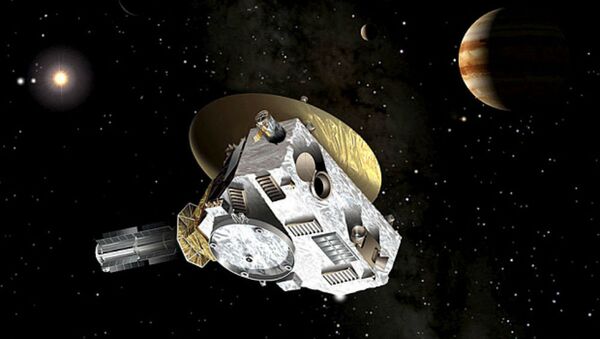New Horizons' closest approach will occur at 7:49 AM EDT Tuesday, when the spacecraft flies within 7,800 miles of the dwarf planet's surface.
"It's thrilling," New Horizons researcher Alan Stern told Space.com. "The spacecraft is performing very well. The data that we're getting to the ground is beautiful. The energy in the room with the science team, the energy in the room with mission control – it's just electric."
But even with less than a day to go, the spacecraft continues to return never-before-seen data.
On Monday, scientists reported that Pluto isn't quite as small as once believed. With a diameter of 1,473 miles, based on New Horizons imagery, Pluto is the largest known solar system object beyond Neptune.
"This settles the debate about the largest object in the Kuiper Belt," the wide ring of icy material that lies outside the orbit of Neptune, Stern told NBC News.
The $723 million New Horizons mission launched in January 2006, the same year Pluto was reclassified as a dwarf planet. The mission is aimed at measuring Pluto, which has remained mysterious since being discovered in 1930.
Stern and others first got the idea of the mission back in 1989, the same year that NASA's Voyager 2 probe cruised past Neptune. That flyby made Pluto the only planet in the solar system yet to receive a spacecraft visit.
New Horizons, therefore, is "a capstone mission," New Horizons project manager Glen Fountain told Space.com. "It is the completion of this initial reconnaissance of our solar system."



